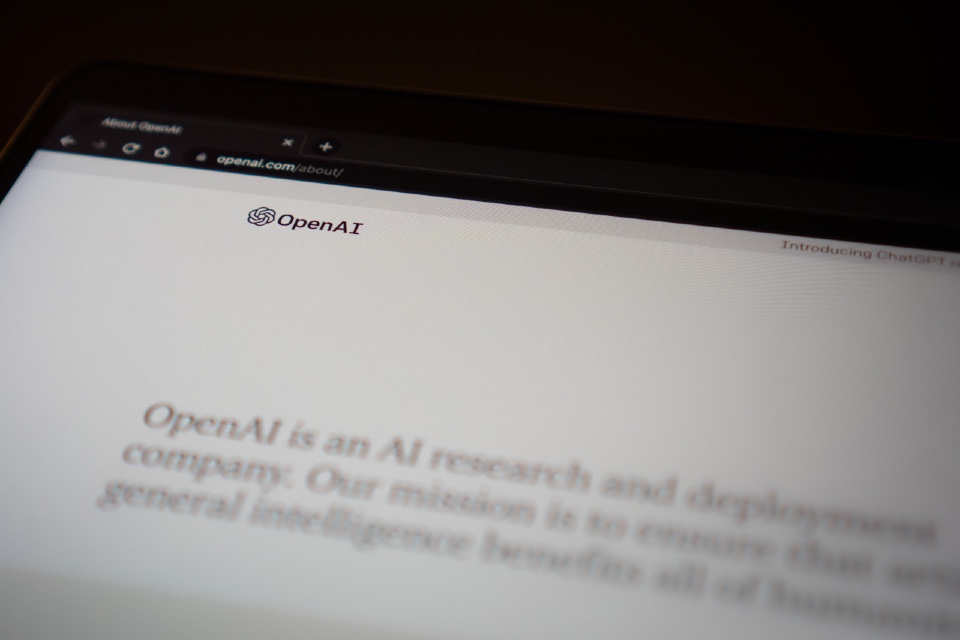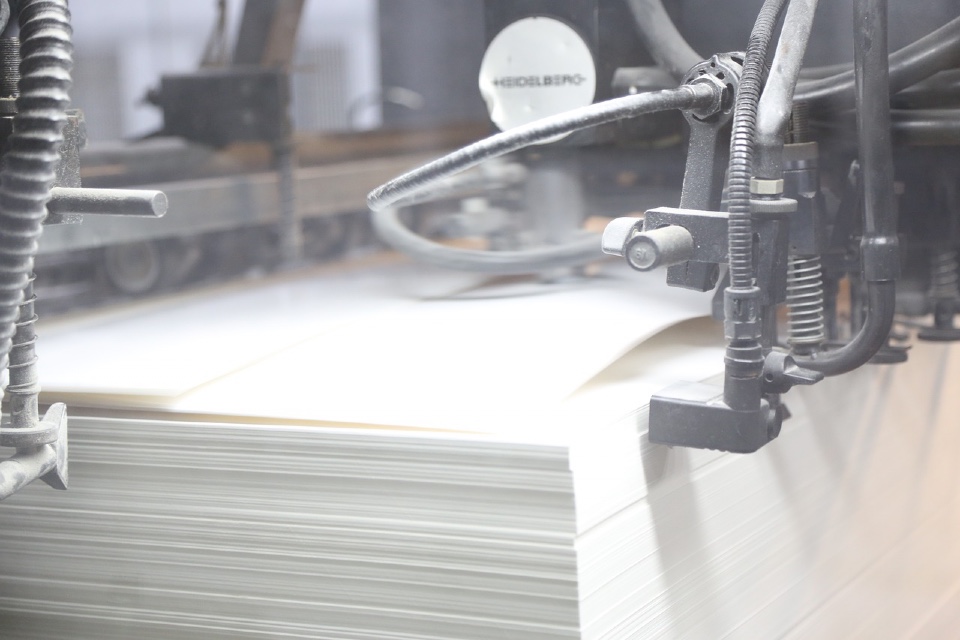The report also reveals that there was, however, a moderation of the upturn as persistent inflationary pressures, further increases in borrowing costs and a subsequent deterioration in the UK economic outlook drove some companies to be more cautious with their budgets.
While 21.1% of Bellwether firms increased their total marketing spending in the three months to October, a sizeable 15.8% registered a downgraded budget. This resulted in a net balance of +5.3%, pointing to the weakest quarter of total marketing budget growth since the final quarter of 2022 (down from +6.4% in Q2).
According to panel members that registered growth, marketing activities were deployed both as a defensive and offensive manoeuvre, with some hoping to reinforce their brand’s position in the market ahead of a downturn in the UK economy. Efforts to seize additional market share was seen at companies who were seeing key competitors prioritise short-term cost-savings over long-term business growth.
Supporting this, the main media advertising category was the strongest-performing segment of the Bellwether survey in Q3 as a robust net balance of +7.4% of companies upwardly revised spending in this crucial segment at the strongest rate in a year-and-a-half (-2.5% previously). This contrasted markedly with the Q2 report, where sales promotions budgets drove the upturn as cost-of-living pressures drove companies to provide support to cash-strapped customers. Within main media, other online advertising methods that aren’t captured by the other sub-categories rose sharply (net balance of +9.1%, vs. +8.3% previously) as companies engaged with new innovative tools such as artificial intelligence. Video (+0.9%, from +3.2%) and published brands (+0.8%, from -5.0%) were the other areas of expansion within main media, whereas audio (-10.8%, from -8.0%) and out of home (-12.1%, from -7.1%) saw contractions accelerate.
Events continued to be an area of marketing budget growth in the third quarter, continuing its strong sequence of expansion seen in every Bellwether Report since the opening quarter of 2022. A net balance of +5.9% of companies saw an increase in spending in this area (from +9.8%), with anecdotal evidence indicating a resilient appetite for engagement with clients and prospects face-to-face.
Other areas of budget growth included direct marketing (net balance of +4.3%, from +7.3%) and public relations (+4.0, from -1.9%). In fact, PR spending rose at the strongest pace in five years.
Meanwhile, spending cuts were recorded in the final three segments of the Bellwether survey. Other modes of marketing activity not accounted for continued to see budgets cut in the third quarter (net balance of -7.9%, from -6.8%), as did market research (-1.5%, from -2.9%). Notably, after a record expansion in the previous quarter, the latest data indicated a renewed reduction in sales promotions spending (-1.5%, from +13.4%).
Paul Bainsfair, Director General at the IPA, said: “Against a backdrop of economic stagnation and ongoing elevated levels of inflation in the UK, coupled with increasing global geo-political volatility, the trading environment for companies is unquestionably tough. But instead of seeing a re-run of last quarter’s slightly concerning results where companies revised up their short-term sales promotional activity to record amounts while reducing their main media spend, this time we are buoyed to see a more considered, reverse state of affairs. This quarter, those companies that can are heeding the evidence that in general, investing more in main media will help to steady them through the uncertain times and help to ensure the longer-term health and profitability of their brands.”










